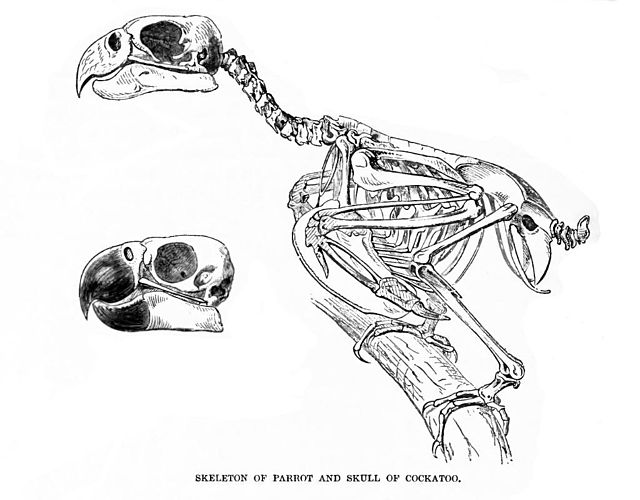The New Zealand parrot family, Strigopidae, consists of at least three genera of parrots – Nestor, Strigops, the fossil Nelepsittacus, and probably the fossil Heracles. The genus Nestor consists of the kea, kākā, Norfolk kākā and Chatham kākā, while the genus Strigops contains the iconic kākāpō. All extant species are endemic to New Zealand. The species of the genus Nelepsittacus were endemics of the main islands, while the two extinct species of the genus Nestor were found at the nearby oceanic islands such as Chatham Island of New Zealand, and Norfolk Island and adjacent Phillip Island.
New Zealand parrot
Kea are well adapted to life in the alpine zone, like these in the Southern Alps. The highest mountain in New Zealand, Aoraki / Mount Cook, is in the background.
Image: Kea (Nestor notabilis) on ground 8
Image: Kaka Stewart Island 1c
Parrots (Psittaciformes), also known as psittacines, are birds with a strong curved beak, upright stance, and clawed feet. They are conformed by four families that contain roughly 410 species in 101 genera, found mostly in tropical and subtropical regions. The four families are the Psittaculidae, Psittacidae, Cacatuoidea (cockatoos), and Strigopidae. One-third of all parrot species are threatened by extinction, with a higher aggregate extinction risk than any other comparable bird group. Parrots have a generally pantropical distribution with several species inhabiting temperate regions as well. The greatest diversity of parrots is in South America and Australasia.
Parrot
Fossil skull of a presumed parrot relative from the Eocene Green River Formation in Wyoming
Skeleton of a parrot
Blue and gold macaw (Ara ararauna) skeleton on display at the Museum of Osteology.








